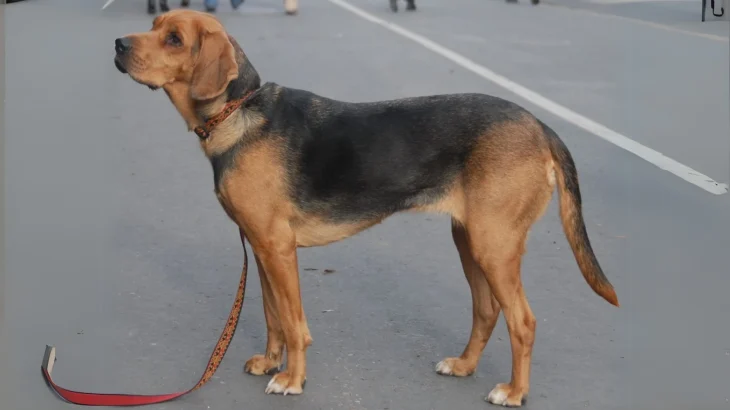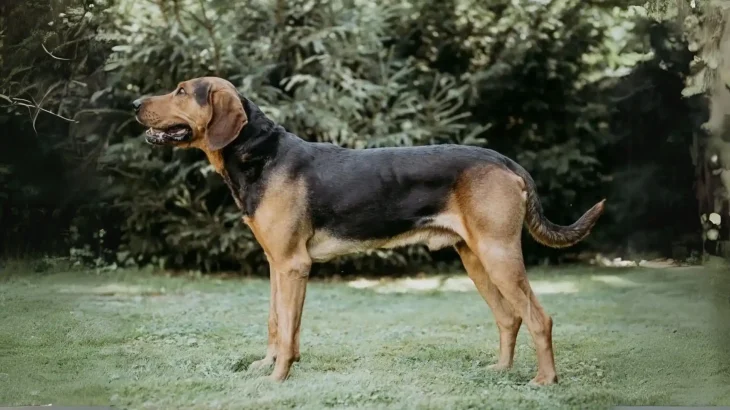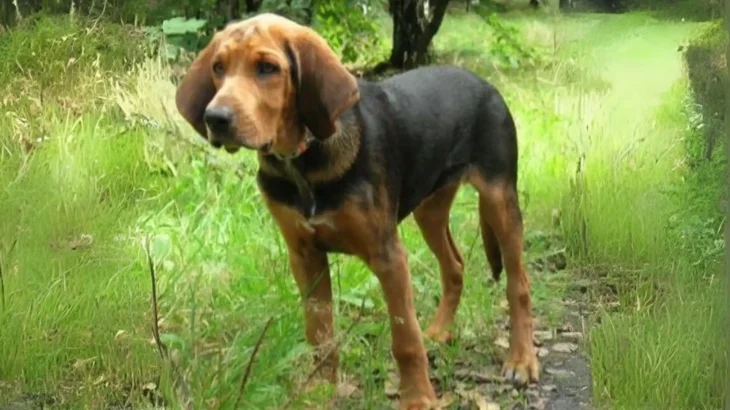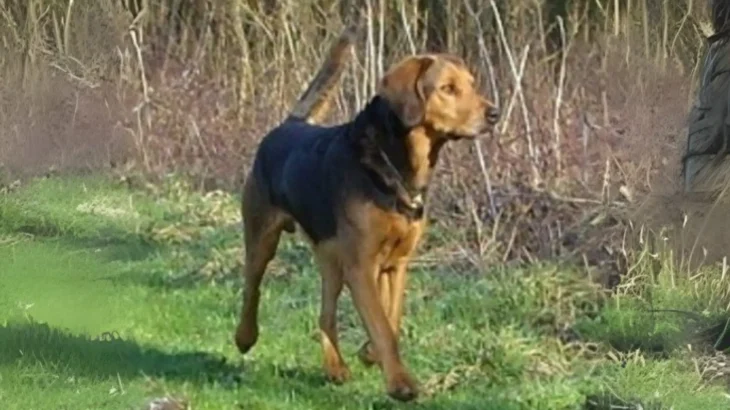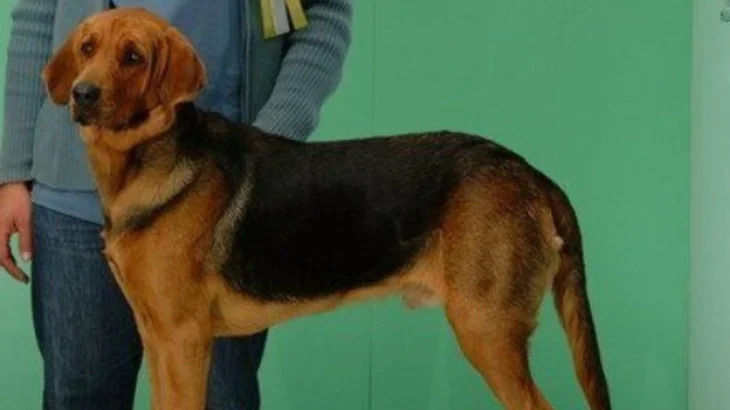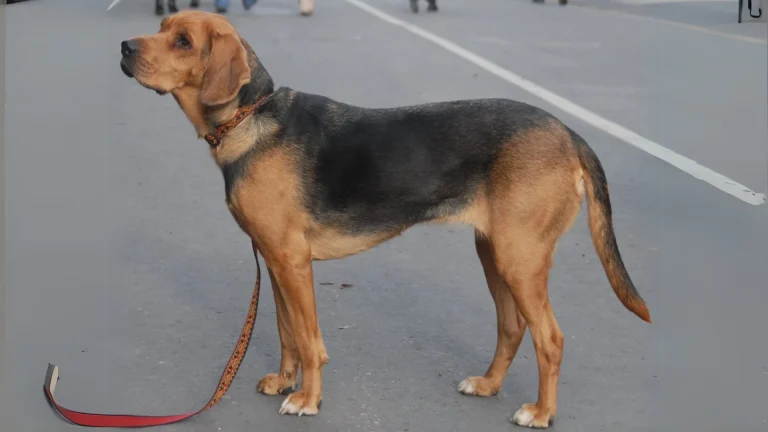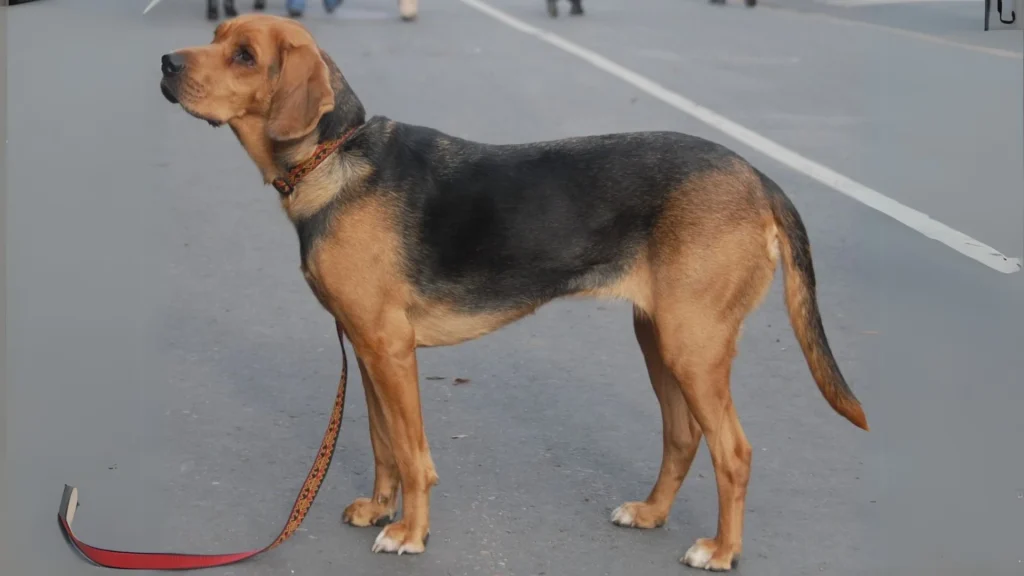When choosing a Polish Hound puppy, you might wonder whether adopting or purchasing is the better route. Adoption offers a chance to provide a loving home to a dog in need, often with lower costs and an unknown background. Buying from a breeder typically offers more predictability around health and lineage but comes with higher expenses.
Adoption vs. Breeder: Pros & Cons
| Criteria | Buying from Breeder | Adopting from Shelter/Rescue |
|---|---|---|
| Cost | Generally higher initial cost reflecting purebred status and lineage documentation. | Lower adoption fees, often including initial vaccinations and spaying/neutering. |
| Health History | Breeders typically provide detailed health records and genetic screening. | Health history may be limited or unknown; basic health checks usually performed. |
| Age Availability | Primarily young puppies, allowing close involvement from early stages. | Dogs of various ages available, sometimes requiring adjustment time. |
| Temperament Insight | Breeder can offer info based on lineage and parental temperaments. | Temperament observed by shelter staff, but some history may be missing. |
| Supporting Practices | Supports controlled breeding when ethical breeders are chosen. | Supports animal welfare by finding homes for dogs in need. |
| Ethical Considerations | Choosing reputable breeders helps avoid puppy mills and unethical breeding. | Helps reduce shelter overcrowding and gives dogs a second chance. |

